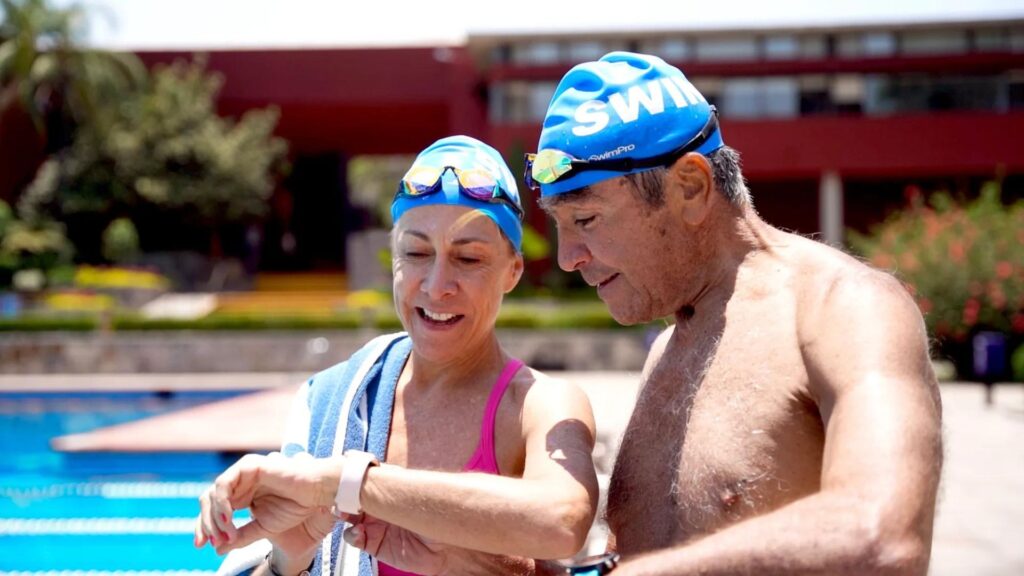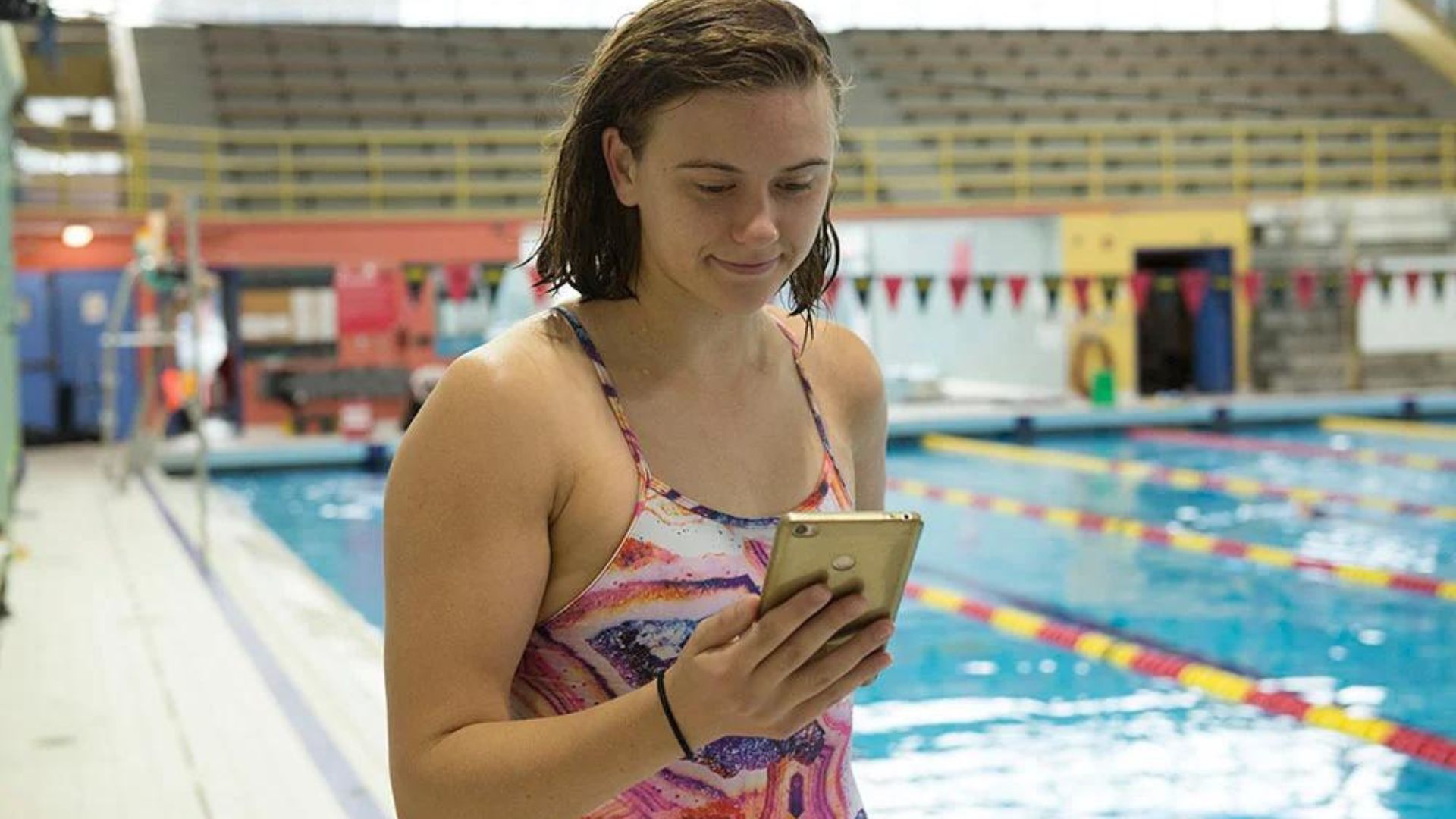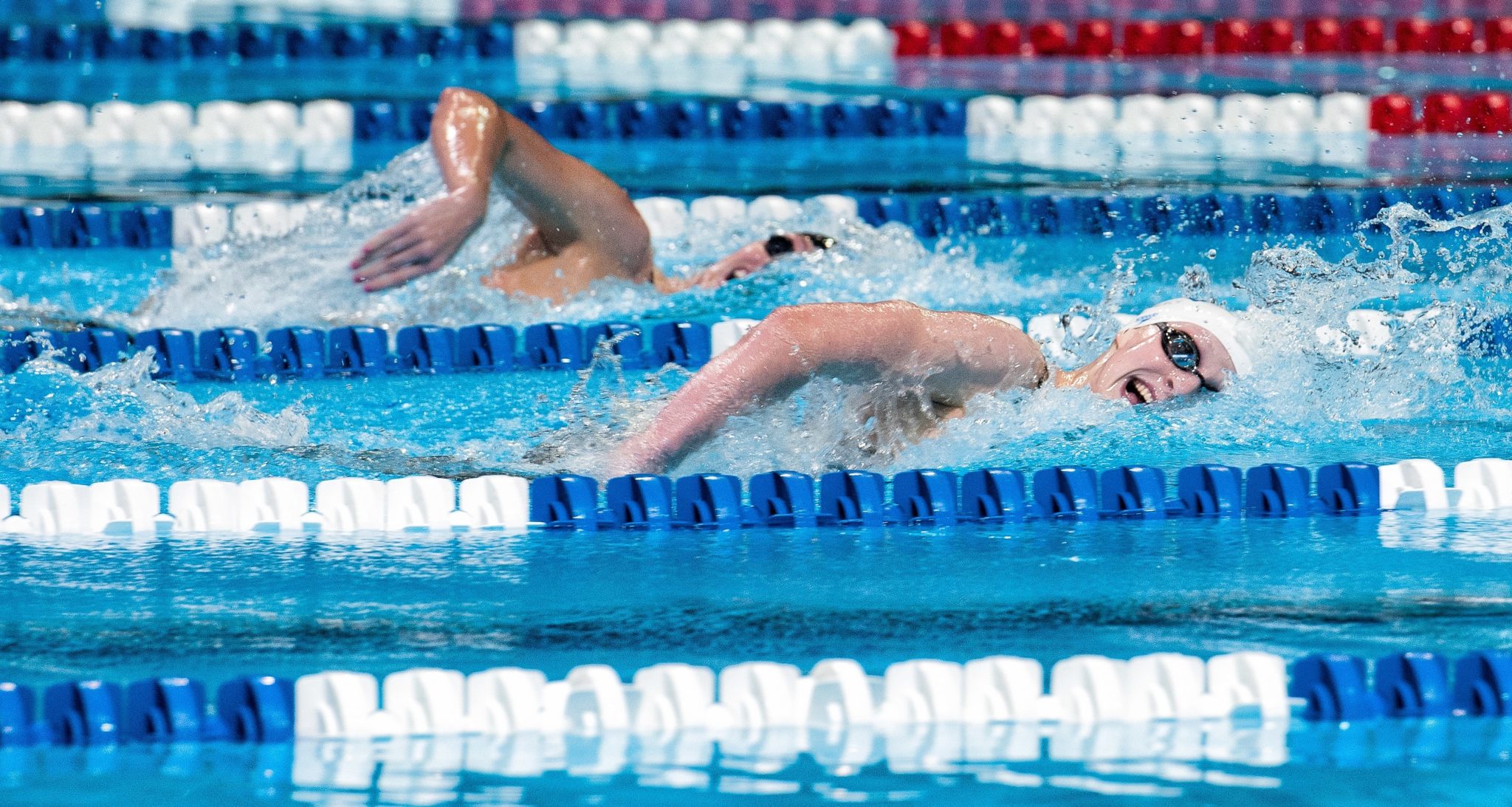Setting effective training goals is crucial for swimming clubs to maximize performance, motivation, and overall success among swimmers. Here’s a comprehensive guide to the best practices for setting training goals in swimming clubs.

Introduction to Setting Training Goals
In any swimming club, setting clear and achievable training goals provides swimmers with direction, motivation, and a sense of accomplishment. Whether aiming for personal improvement, competitive success, or skill development, well-defined goals help focus training efforts and track progress effectively.
Importance of Setting Training Goals
- Motivation and Commitment: Goals give swimmers something to strive for, increasing dedication to training sessions and overall participation.
- Measurable Progress: Clear goals provide benchmarks for improvement, allowing swimmers and coaches to track performance over time.
- Focus and Direction: Goals help prioritize training activities and ensure that efforts align with desired outcomes, fostering a structured training environment.
Best Practices for Setting Training Goals in Swimming Clubs
1. Specificity and Clarity
- Define Clear Objectives: Goals should be specific, measurable, achievable, relevant, and time-bound (SMART). For example, improving race times by a certain margin or mastering specific stroke techniques.
- Individualization: Tailor goals to each swimmer’s skill level, strengths, weaknesses, and personal aspirations. This ensures relevance and engagement.
2. Long-Term and Short-Term Goals
- Long-Term Vision: Establish overarching goals that align with swimmers’ ultimate ambitions, such as qualifying for championships or achieving personal bests.
- Short-Term Milestones: Break down long-term goals into smaller, manageable steps. Weekly or monthly targets help maintain momentum and provide regular opportunities for success.
3. Goal Setting Sessions
- Collaborative Approach: Involve swimmers in setting their own goals to enhance ownership and commitment. Discuss aspirations, assess current abilities, and establish realistic expectations together.
- Coach Guidance: Coaches play a critical role in guiding goal setting sessions, offering expertise, feedback, and insight into achievable objectives based on performance assessments.
4. Performance Metrics and Tracking
- Quantifiable Measures: Use performance metrics such as lap times, stroke counts, endurance levels, and technical proficiency assessments to monitor progress.
- Regular Evaluation: Review and adjust goals periodically based on performance data and feedback. Celebrate achievements and adapt strategies to address challenges.
5. Positive Reinforcement and Support
- Encouragement: Provide positive reinforcement for effort, improvement, and milestones achieved. Celebrate successes to boost morale and motivation within the club.
- Support System: Foster a supportive environment where swimmers feel empowered to pursue their goals, seek guidance from coaches, and collaborate with teammates.
Implementing Effective Goal Setting Practices
- Communication: Ensure clarity and transparency in goal setting processes. Regularly communicate expectations, progress updates, and adjustments to keep swimmers and coaches aligned.
- Flexibility: Allow flexibility in goal setting to accommodate individual growth, unexpected setbacks, and evolving priorities without compromising overall objectives.
Conclusion
Effective goal setting is a cornerstone of success in swimming clubs, guiding athletes towards continuous improvement, personal achievement, and competitive excellence. By applying these best practices—specificity, individualization, measurable milestones, and supportive reinforcement—clubs can create a structured, motivating environment that maximizes swimmers’ potential and fosters a culture of excellence.
Encourage swimmers to embrace goal setting as a tool for personal development and competitive success, emphasizing the journey of improvement and celebrating every milestone achieved along the way. With strategic planning and collaborative effort, swimming clubs can empower athletes to reach new heights in their swimming careers.



